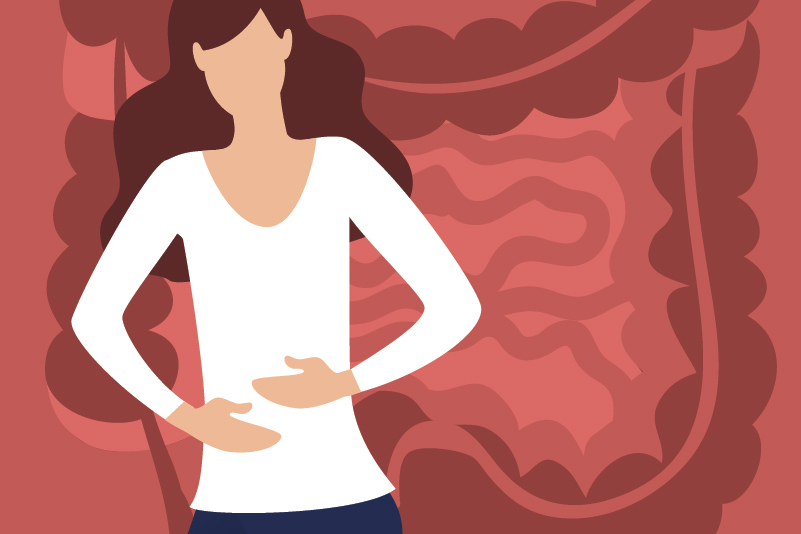#142 The Low FODMAP Diet: Food for thought or just an irritable idea?

Reading Tools for Practice Article can earn you MainPro+ Credits
Join NowAlready a CFPCLearn Member? Log in
- Symptoms of abdominal pain1-3 and bloating1-2
- Quality of life - small to moderate effect3
- Global IBS symptoms4: 28% had ongoing symptoms vs 59% control, NNT 4
- Severity of symptoms2
- Limitations: short follow-up (range: 10 days – 3months); small number of trials. Poor use of statistics (eg. odds ratios (without event rates) and/or standard mean differences) limit clinical interpretation of data.
- 500-point symptom scale (minimal clinically important difference=50):7
- Low FODMAP diet improved ~150 points, probiotic ~80, normal diet ~30 points.
- Sub-group analysis: Only diarrhea patients improved.
- Limitations: Pre-enrollment investigations: colonoscopy, genetic lactase deficiency testing; per-protocol analysis.
- Cohort studies demonstrate LFD benefit2,8 but IBS patients have high placebo response rate9 (even when told getting placebo).10
- IBS guidelines suggest offering patients a “low Fodmap diet trial.”11,12 Adherence to the diet13 is approximately 40%.
- Patients who initially improve on LFD, worsen with reintroduction of fructose or fructans.14
- Low FODMAP diet is restrictive, limiting many fruits, dairy products, wheat, legumes, and artificial sweeteners.15 Examples available online.15







 Complete Activity
Complete Activity
this type of diet is restrictive and may interfere with proper nutrition.